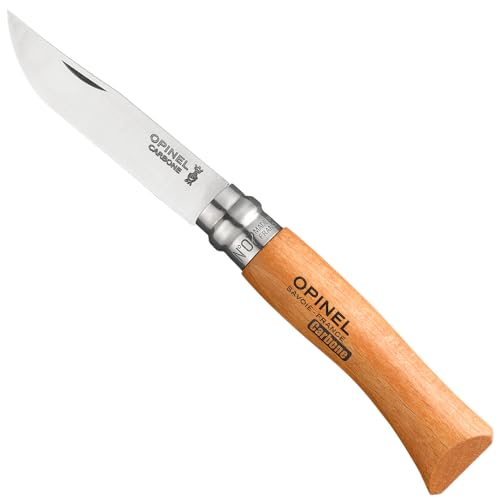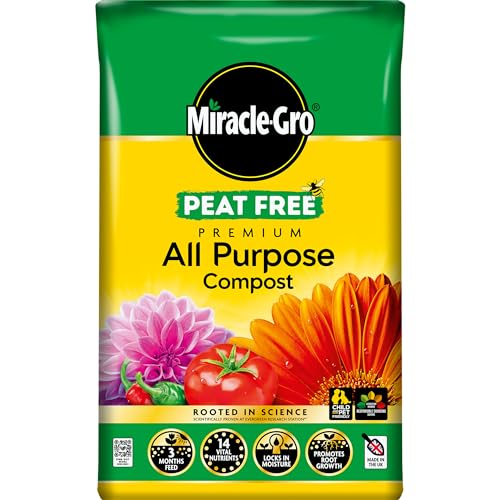Jobs to do in the garden in October – 8 tasks to keep you busy, from planting to pruning
All the autumn gardening inspiration you need this month
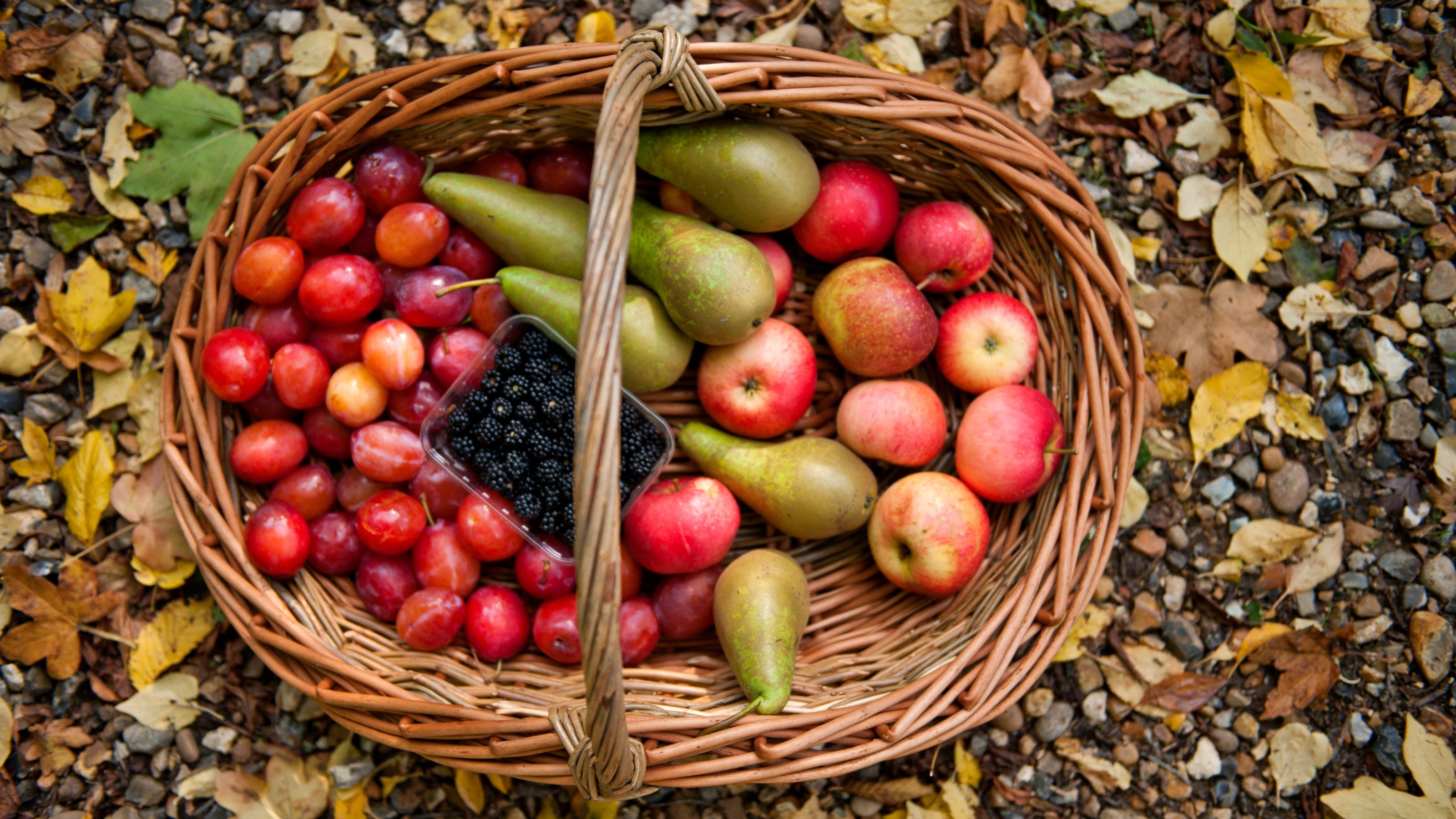

It's finally autumn, and if, like us, you're eager to spend as much time outdoors as you can before winter arrives, you'll be pleased to know there are plenty of jobs to do in the garden in October.
Whether you're wondering what to plant in October or you fancy giving your decking ideas a refresh, there's lots to keep you busy this month. Preparations for winter start now, and because it's bulb-planting season, you can even start planning your spring garden.
If you're looking for a little autumn gardening inspiration, we've rounded up some of the top jobs to do in the garden in October.
1. Plant vegetables for overwintering
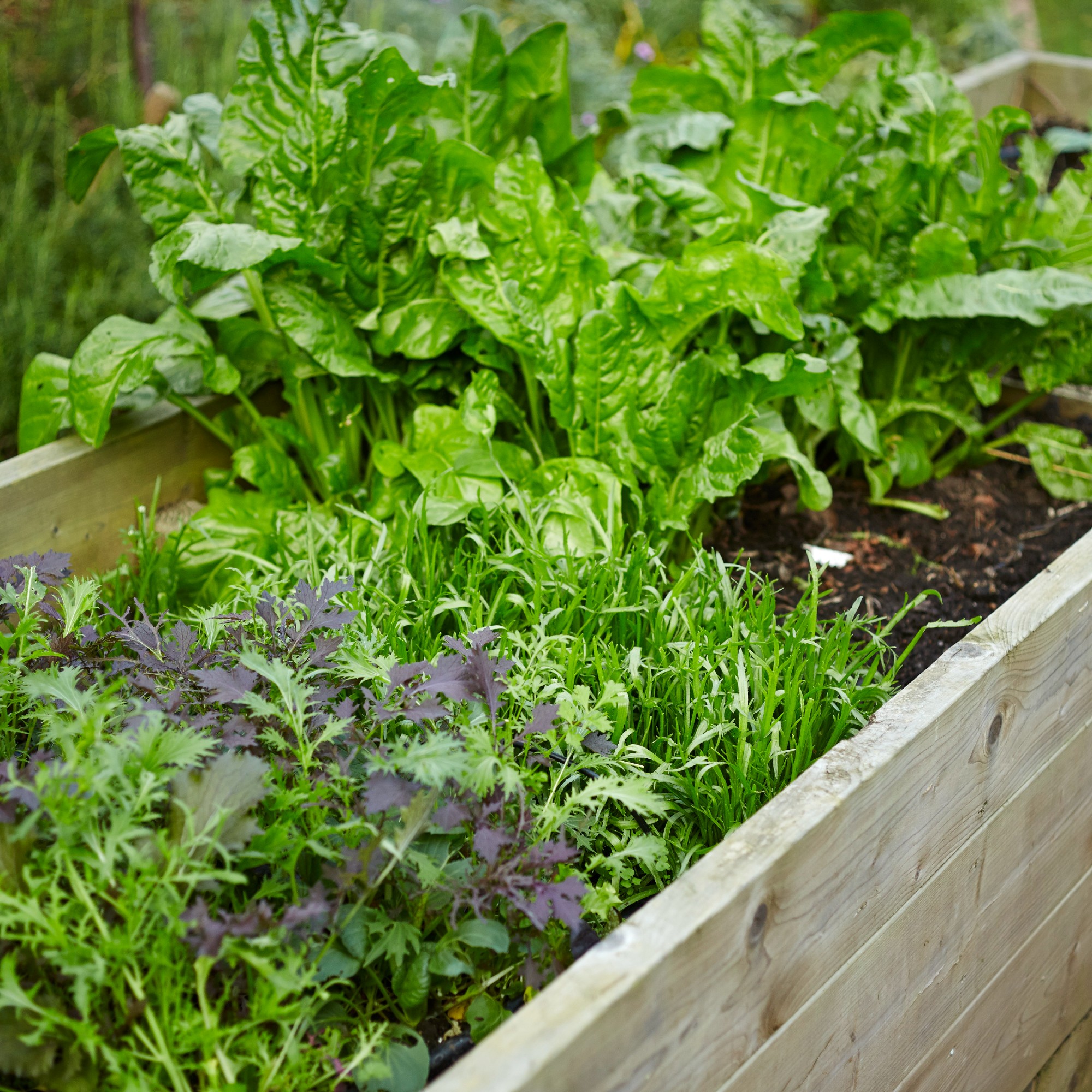
Although autumn is generally seen as a season of harvesting, there are plenty of vegetables that grow in winter to keep your kitchen garden ticking over during the colder months.
The best vegetables to sow in October range from winter salads like lettuce and mustard for steady winter pickings to peas and broad beans for early spring harvests.
'October is the time to plant hardy vegetables which can overwinter: peas, broad beans, garlic, shallots and onions can all be sown now,' says Angela Slater, gardening expert at Hayes Garden World.
2. Divide perennials
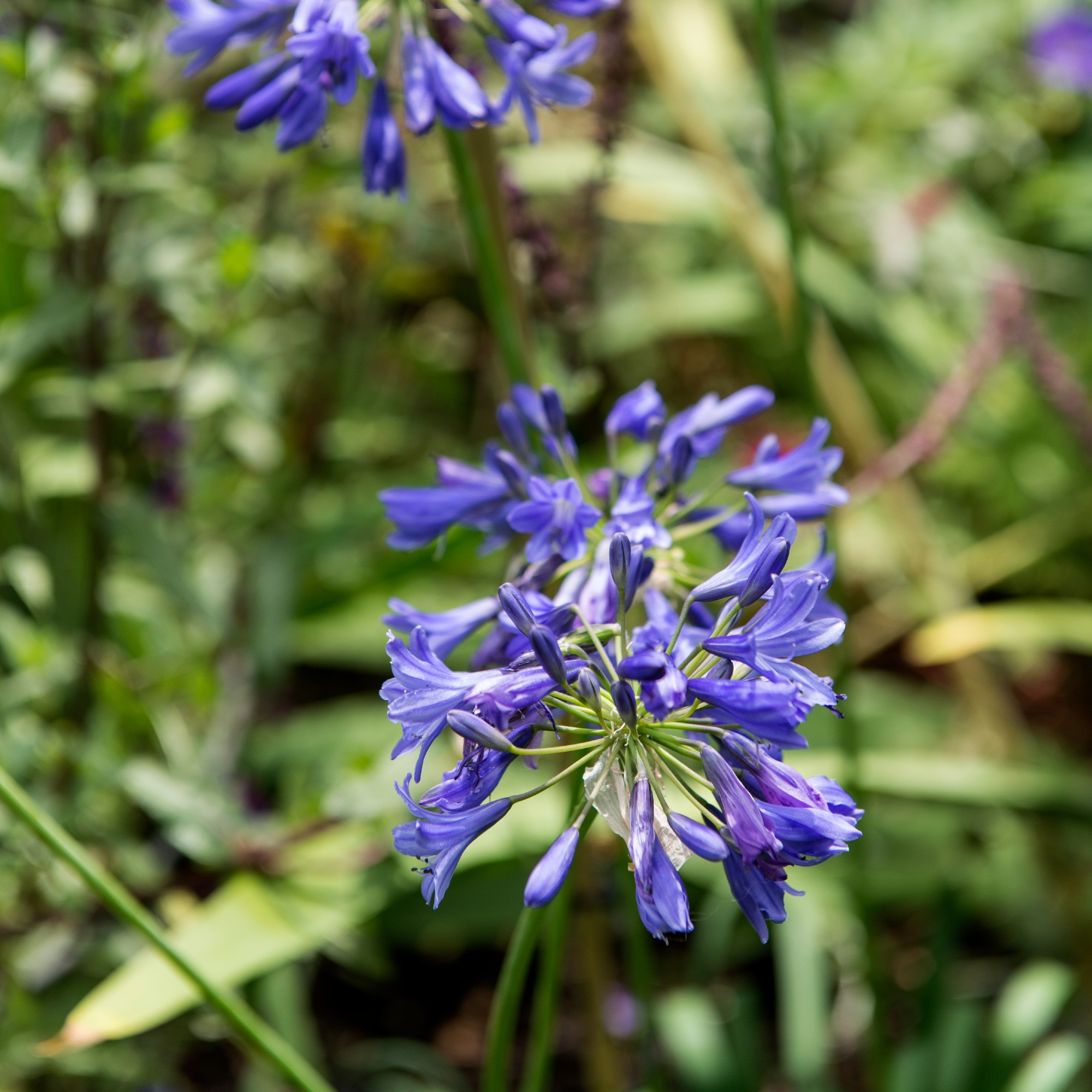
October, with its cooler weather, is a great time to learn how to divide perennials like hostas and agapanthus and spread the plants throughout your garden.
Sign up to our newsletter for style inspiration, real homes, project and garden advice and shopping know-how
'Woody perennials or those with a woody crown, such as Aster or Agapanthus, will need some brute force to divide them,' says Stannah’s celebrity gardening expert Mark Lane. 'First, dig them up, and then either cut downwards through the plant with a spade, like slicing a cake, or use a sharp knife and divide the clump into sections.
'Each section can then be replanted in a fresh hole.'
3. Clean your decking

Our outdoor living areas can look a little worse for wear after a long summer. Learn how to clean decking to give your space some TLC this month – not only will it refresh the look, but it's also an important safety measure.
'Don’t forget to give the deck a good clean using a pressure washer or a stiff brush or scraper to remove any moss or lichen on the boards, which can represent a serious slip hazard,' says Leigh Barnes, gardening expert at Jacksons Fencing. 'If you are installing a new deck, opt for decking boards with deep grooves to provide a safe, slip-free surface.'
4. Plant spring-flowering bulbs
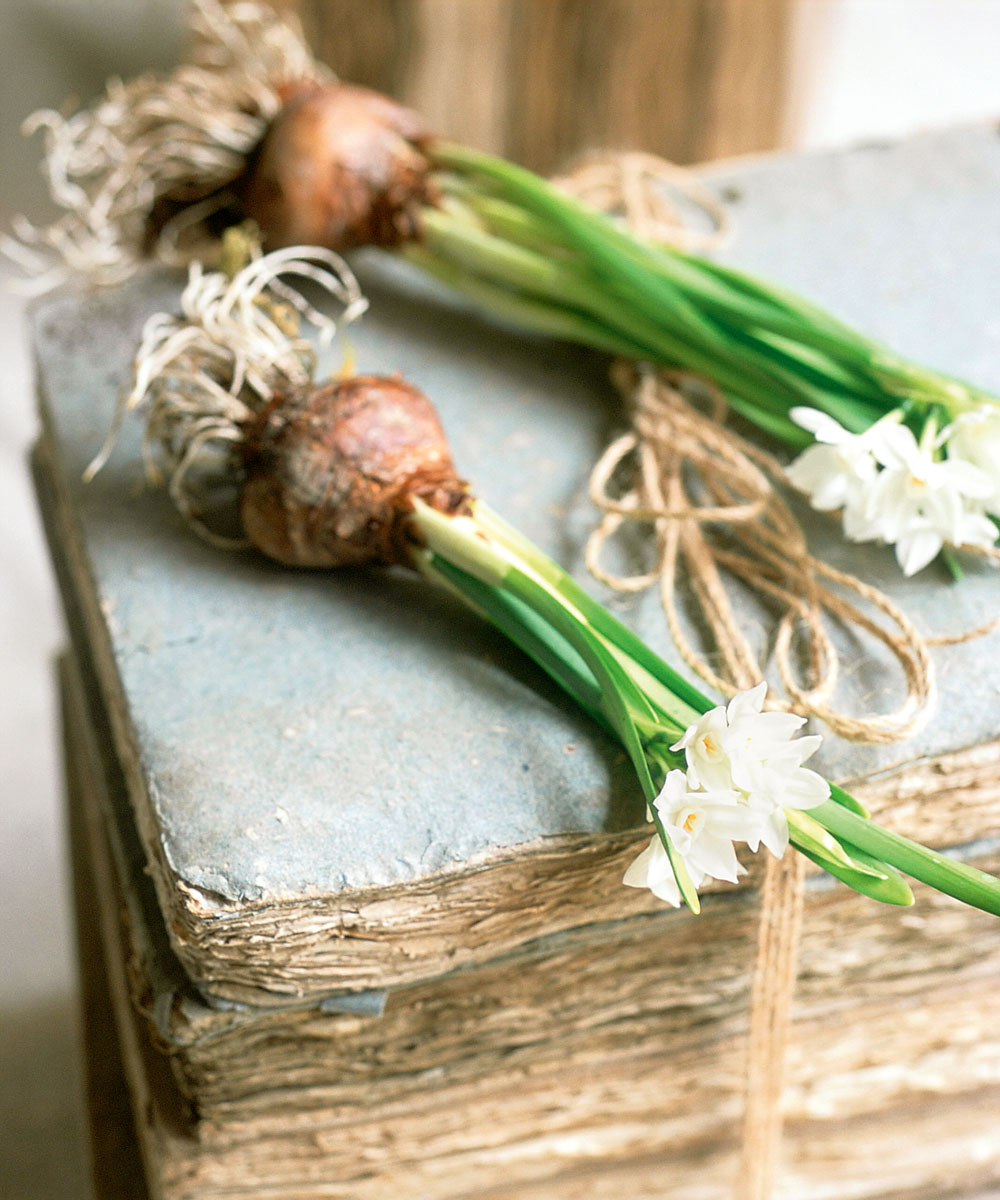
If you've been wondering when to plant bulbs for spring, October is a great time to get started.
Popular spring bulb varieties such as daffodils and tulips need sunny, dry spots in order to grow, so plant them in areas with a good amount of sun. They're among the easiest spring bulbs to grow in pots, too.
When planting in beds, mix compost into the soil to provide rich nutrients for the bulbs to flourish.
'Plant spring bulbs in containers, but be sure to keep the compost moist rather than wet,' advises Steve Guy, market director of Outdoor at B&Q.
5. Give your lawn some love
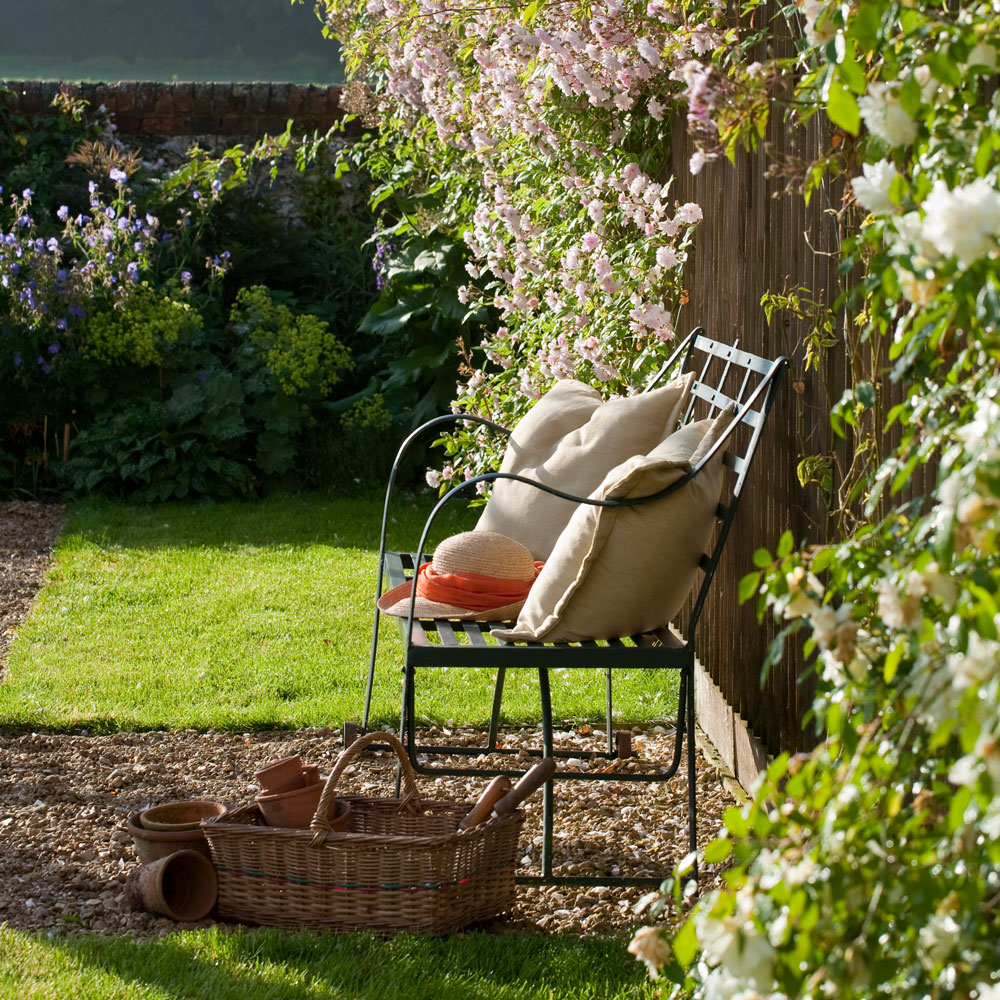
October is a great time to nurture your lawn, believe it or not – and October lawn care tasks are among the best jobs to do in the garden in October.
'If you’re planning on laying fresh turf, October and November are the best months to do so,' says Steve. 'Ease back on mowing and as the leaves gradually begin to fall, make sure to clear them from your lawn to stop it from turning yellow – a leaf blower or garden vac make light work of this.'
6. Make your own compost
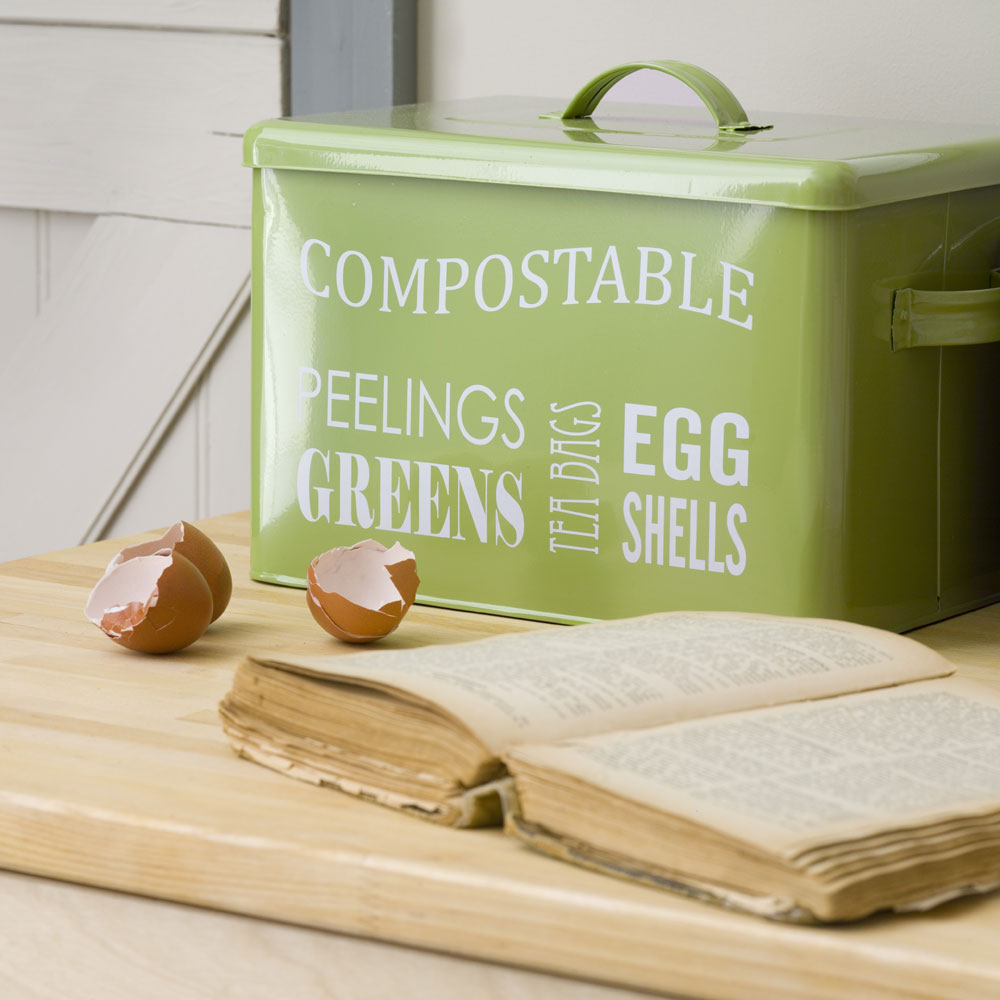
Learning how to make compost will save money on store-bought products, and there are plenty of recipes to try.
A fully laden compost heap cooks itself. Try to get a balanced mix of wet ingredients (leaves, clippings and vegetable peelings) and dry elements like wood ash and scrunched newspaper. Pile onto a plastic sheet and mix with a garden fork, then pack into a compost bin. After 9-12 months you'll have rich, crumbly compost to feed your plants and improve your soil.
7. Harvest and prune fruit trees and bushes
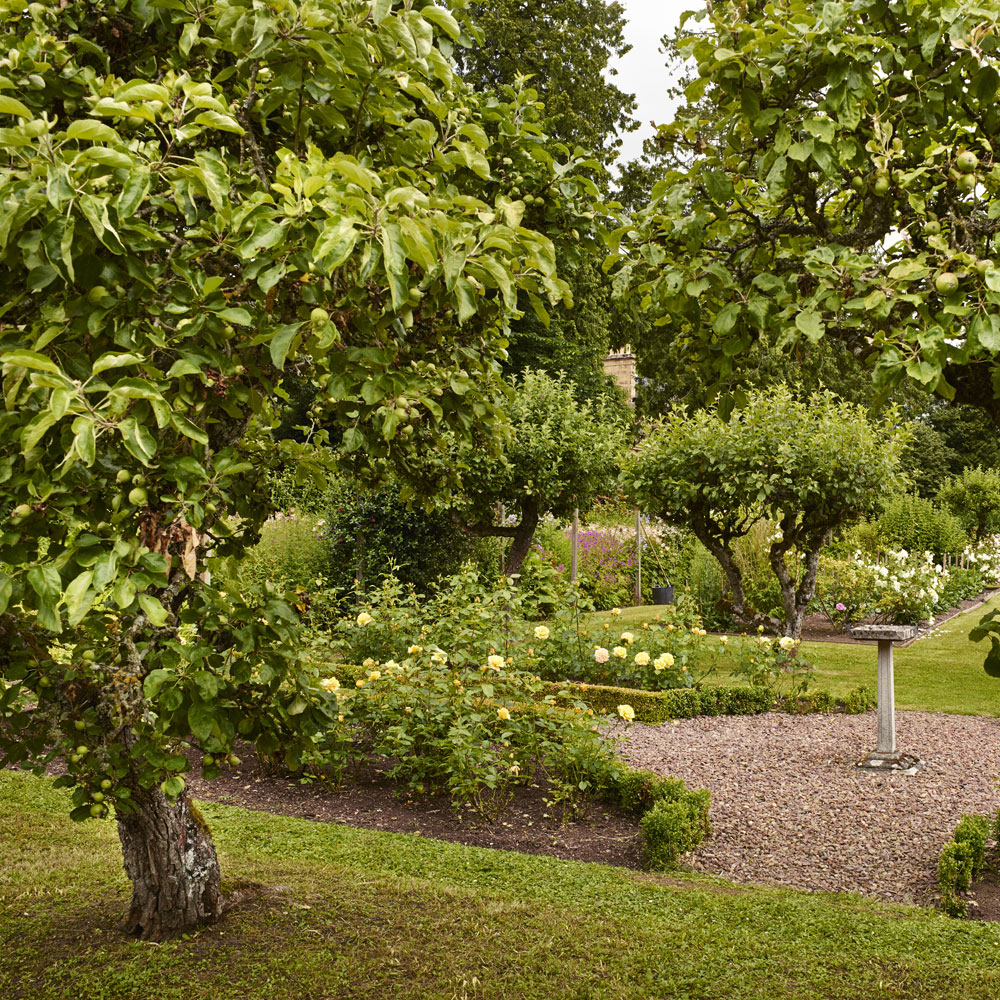
Autumn is a bountiful time in the garden, especially if you own fruit trees and bushes.
'Mid-season apples, blackberries, elderberries, plums, raspberries and much more can all be harvested and enjoyed in autumn, so use this time to pick fruit and enjoy a delicious sweet treat – perhaps in a warm cake, crumble or pie,' says Steve Swanborough, gardening expert at Henchman.
Besides harvesting, learning how to prune fruit trees for a better harvest will ensure yields are more consistent and the fruit is of better quality.
8. Plant ornamental trees
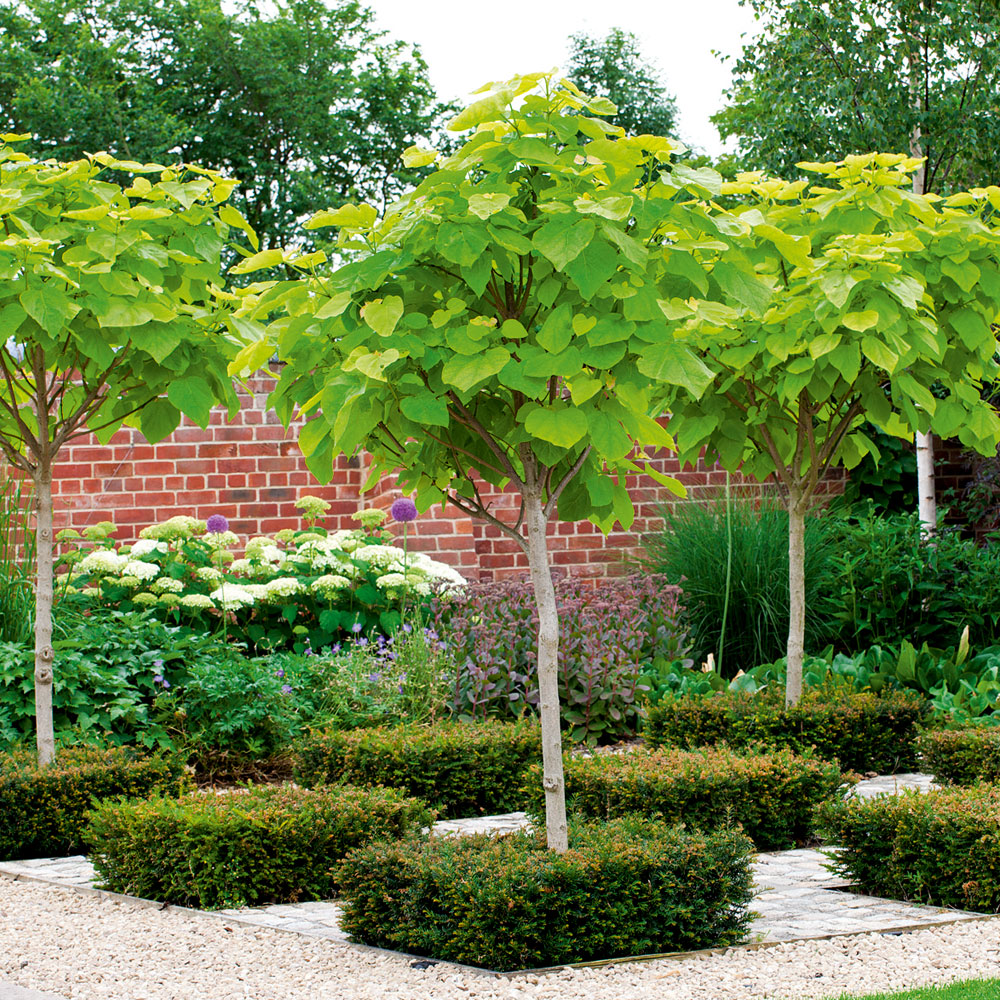
You can also plant several ornamental tree varieties this month. When selecting the tree, find out how tall it will be when fully mature.
A large tree such as oak, beech or chestnut in a garden that's too small for it will dominate the space and upset neighbours, while the best trees to grow in pots are great for small garden ideas. Conifers and evergreens give solid shade, while deciduous varieties give dappled shade.
FAQs
Should I water my garden in October?
Although the weather is cooling down, it's important to keep your garden well-watered up until the first frost. Keep an eye on the weather, though – step away from the watering can after spells of heavy rain and make sure you aren't overwatering your plants. Waterlogged soil is a recipe for disaster for most plants, especially if you've recently planted bulbs in the ground.
What is there to do in the greenhouse in October?
Owning a greenhouse can really extend the growing season for a gardener. Plenty of flowers and vegetables can be sown under cover in greenhouses this month, from sweet peas to cauliflower.
October is also a great time to learn how to clean a greenhouse properly, ready for next spring.
There are plenty of jobs to do in the garden in October, but which will you be adding to your list?

Sophie joined the Ideal Home team as Gardens Editor in June 2024. After studying English at Royal Holloway, University of London, she began writing for Grow Your Own, which spurred on her love of gardening. She's tried growing almost every vegetable under the sun, and has a soft spot for roses and dinnerplate dahlias.
As Gardens Editor, Sophie's always on the lookout for the latest garden trend. She loves sharing growing hacks for every space, from herbaceous borders to balconies.

